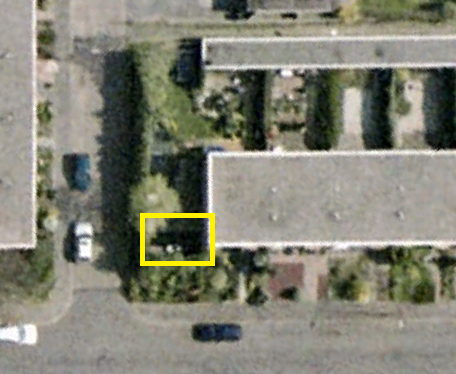I have beekeeping lessons to start soon, but wanted to understand space required around hives. I understand you work from the back of a hive, if you lay out your hives in a grid, then whilst being at the back of one hive you may be in front of another. How far away do you need to be from the front of that other hive so that you don't annoy the bees?
I am planning a space & will only be getting two hives this year, but want to plan the space for more hives. If I put the hives in one big line it doesn't work well with the space I have.
Thank you!
Hi Nick,There is no specific space needed between hives or nucs but logically and practically , its easier to work bees if their a meter or so between each individual hive. You can work very closely to another hive but it depends on what its sitting on. Meaning if your hives are single or individually placed, then there is hardly and vibrations transmitted through the ground to set them on the "alert mode" and you arrive at the next hive, as though it hasn't been touched at all.
Put your hive on supports , shared by say 6 hives, then the minute you touch the first hive, all the hives in that support will be getting every vibration to make in the first hive.
I get this a lot in my nuc yards but i expect it and generally its not a problem.
All my production hives are only in groups of two, so their on two tyres, then a third of a pallet, so they also get minimal vibration as the tyres seem to help absorb vibrations.
You can have all your hives in a line and providing you have some geographical nearby references, you shouldn't get much drifting. Ive found no difference in hives at all. However it is probably more logical to have your hives dotted around within an apiary. Other beekeepers have other ideas.
Working from behind is of course you main aim, you disturb bees less, as your not disrupting the flight path. With nice bees, you can come and go and bees dont alter their behaviour at all and no precious foraging time is lost, due to disruption in the hive.
At the start of your beekeeping life, make things as easy as you can, whilst your still getting to grips with careful hive inspections. Try not to knock the hive or drop the roof on to the side of the hive when you first get there. it will give you longer in the colony.
Best of luck with your apiary!


















































